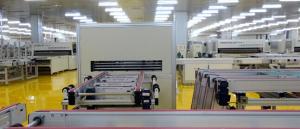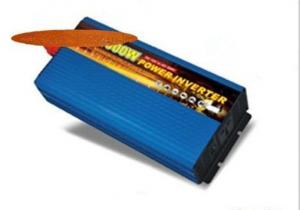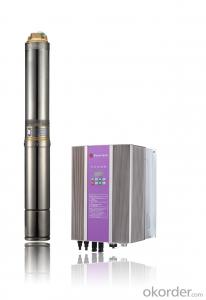Amaze Solar Inverter
Amaze Solar Inverter Related Searches
Aims Solar Inverter Alpha Solar Inverter Inspire Solar Inverter Japanese Solar Inverter Advanced Energy Solar Inverter Solar Home Inverter Homemade Solar Inverter Homage Solar Inverter Sunshine Solar Inverter Install Solar Inverter Aps Solar Inverter Home Depot Solar Inverter Ac Inverter Solar Ampinvt Solar Inverter Inverter Solar Pump Temco Solar Inverter Afore Solar Inverter Home Solar Inverter Inverter For Solar Inverter Solar Solar Ac Inverter Samsung Solar Inverter Solar Inverter Combo Amaron Solar Inverter Solar Charger With Inverter Art Solar Inverter Grape Solar Inverter Power Solar Inverter Midnite Solar Inverter Apollo Solar InverterAmaze Solar Inverter Supplier & Manufacturer from China
Amaze Solar Inverter is a cutting-edge product designed to optimize the performance of solar energy systems. These inverters are engineered to convert the direct current (DC) generated by solar panels into alternating current (AC) that can be utilized by homes and businesses. They play a crucial role in ensuring the efficient functioning of solar power systems by managing the power flow and maintaining the stability of the electrical grid.The Amaze Solar Inverter is widely used across various applications, including residential, commercial, and industrial settings. It is particularly effective in scenarios where reliable and clean energy is required, such as off-grid systems, grid-tied systems, and hybrid systems. These inverters are also suitable for use in areas with fluctuating power supply, providing a stable and consistent power source. They are known for their high efficiency, robustness, and user-friendly interface, making them a popular choice among solar energy enthusiasts and professionals alike.
Okorder.com is a reputable wholesale supplier of Amaze Solar Inverters, boasting a large inventory that caters to the diverse needs of customers worldwide. With a commitment to quality and customer satisfaction, Okorder.com ensures that each Amaze Solar Inverter is thoroughly tested and certified to meet international standards. This extensive inventory allows Okorder.com to offer competitive prices and fast shipping, making it a preferred choice for those looking to purchase Amaze Solar Inverters for their solar energy projects.
Hot Products

















































